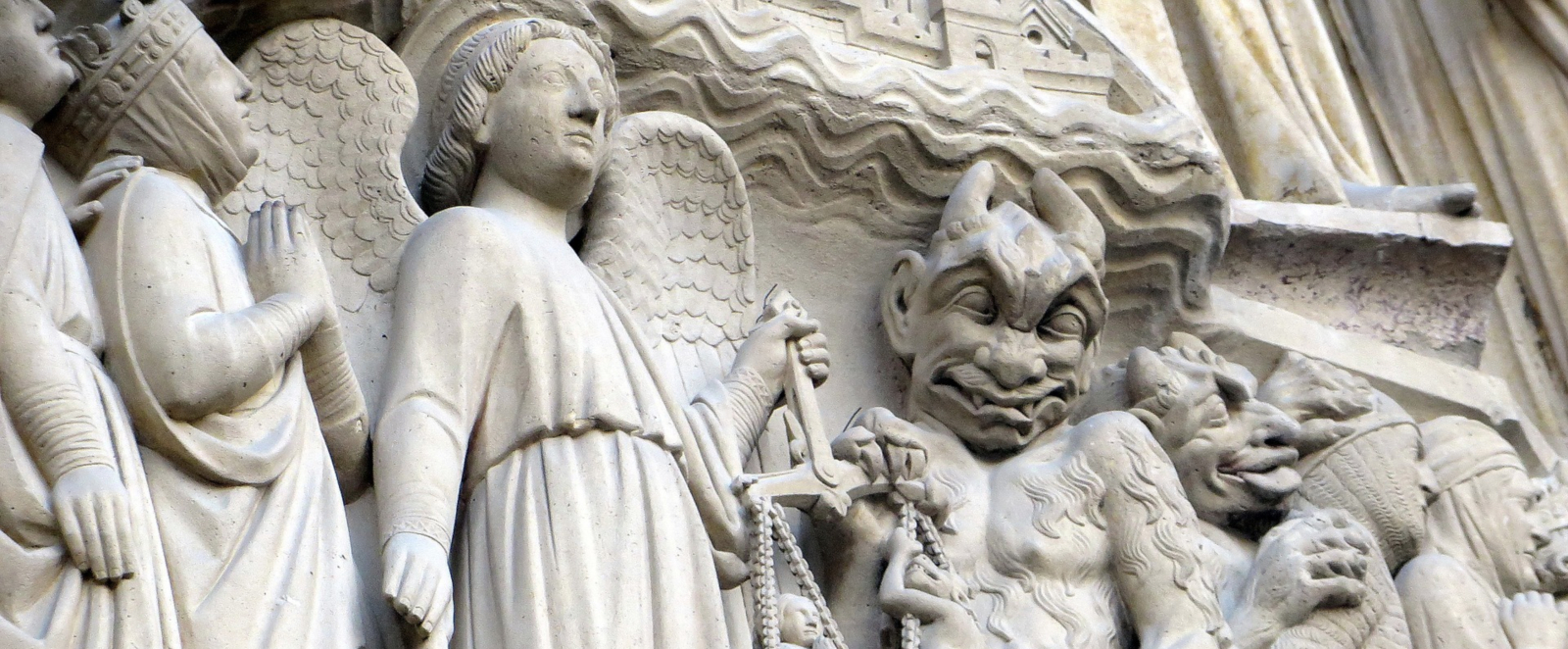There is no question that the Edgar Cayce information has had a profound effect upon the lives of literally millions of individuals around the globe. The Cayce readings saw this coming about as early as 1927, when a reading stated unequivocally that the Cayce work would change the thought of humankind (Edgar Cayce reading 254-37). Obviously, one way this has come to pass is that the readings promoted many topics and ideas decades before they became mainstream in the 21st century. Those subjects include meditation, the value of treating illness from a holistic perspective (body, mind, and spirit), scientific interest into nonlocal consciousness, an acceptance of reincarnation by countless individuals, research exploring frequency and vibration as the building blocks of all life, and an awareness that humankind has been on this planet much longer than was previously understood. In addition to this enormous list, there are also topics Cayce discussed that when truly understood will have the potential to transform human consciousness in ways that we have yet to imagine. Among these potentially transformational ideas are the Cayce readings’ approach to angels and the nature of evil.
What I am about to suggest may come as a surprise to many individuals but one of the ironies that pervades much of religious thought is that in spite of a stated conviction that there is ONE GOD, many individuals have instead embraced a philosophy of dualism. That dualistic philosophy contends that Good and Evil are equal and opposing forces both vying for the souls of individuals. That approach has elevated a supposed “fallen angel” to a god-like status in which Satan reigns supreme over an eternal afterlife of suffering. It contends that even in the face of everything else we must deal with in daily life, we must constantly be vigilant against the devil’s temptations. It has resulted in countless sermons with titles such as “Why the Devil Is Out to Get You.” It has resulted in billboards in the Bible Belt that exclaim, “Go to Church or the Devil will Get You,” and prompted screensavers that feature Jesus wrestling with Satan to illustrate how each is competing for you in eternity.
On the humorous side, comedian Flip Wilson best illustrated our propensity to project personal desires onto someone or something external to self when his female persona Ernestine exclaimed, “the Devil made me buy that dress!” This same dualistic philosophy has also caused millions to fear the Antichrist and Armageddon, and a belief by countless well-meaning Christians that in the face of such a horrendous planetary global future topics like global warming are not even worth the energy to address.
One of the most insightful—and at the same time most overlooked—topics in the Edgar Cayce material is the thorough examination and interpretation of the Book of Revelation. For hundreds of years, countless students of the Bible have interpreted John’s Revelation to be a prophetic vision of horrific events that will eventually face the entire planet. These supposed events include a global battle between the forces of good and evil and the eventual reign of an Antichrist that will subject all of humankind to his control. Even a casual search of the Internet will result in dozens of possible identities for this demonic character that include such personalities as: Hitler, Napoleon, the emperor Charlemagne, Osama bin Laden, the emperor Nero, Saddam Hussein, Stalin, Mussolini, and even the Pope.
Rather than seeing the Revelation as a prophetic vision of an all-out external war between the forces of good and evil, the readings instead portray the imagery as an archetypal event that occurs within each individual as the lower self fights with the higher self in the struggle to decide which will reign supreme. For ten years, Cayce gave dozens of readings to a prayer group to help them understand the imagery within Revelation as an experience in consciousness growth. The repeated use of the number seven—seven Churches, seven Trumpets, seven Angels, seven Plagues, etc.—all symbolized the seven spiritual centers within our bodies.
Another example of how the readings portray John’s experience as an internal event is illustrated in Revelation 4:7. John sees the throne of God sitting before a sea of glass and out of the sea comes four creatures: “The first living creature was like a lion, the second was like an ox, the third had a face like a man, the fourth was like a flying eagle.” According to the readings, the sea of glass is representative of John’s stillness in meditation, and during that experience the meditative energy of the kundalini rose throughout his endocrine system awakening the images associated with each of the first four spiritual centers: gonads = calf; cells of Leydig = man; adrenals = lion; and, thymus = eagle. This becomes especially interesting when one realizes that Ezekiel had almost an identical vision 500 years earlier when he was focused in prayer and saw a whirlwind (indicative of the kundalini’s rise) out of which came the face of a man, the face of a lion, the face of an ox, and the face if an eagle (Ezekiel 1:10). Essentially, the readings contend that all of Revelation can be understood, as follows:
For the visions, the experiences, the names, the churches, the places, the dragons, the cities, all are but emblems of those forces that may war within the individual in its journey through the material, or from the entering into the material manifestation to the entering into the glory, or the awakening in the spirit…
-- Edgar Cayce reading 281-16
From Cayce’s perspective, all evil is personal selfishness and rebellion—essentially doing things contrary to our inner spiritual nature and without any concern for others. This kind of evil is very real but it is not an equal and opposing force with the love of God. Instead, it is a very lower-self trait of the human creature.
Since the Cayce information essentially sees evil as selfishness and the spirit of rebellion manifested, do the readings also indicate that fallen angels are literal beings? The answer is yes but the originations of their existence might be very different than we have ever supposed. Cayce suggests that once souls started to choose things apart from spirit and godliness, members of the angelic realm agreed to “shepherd” and be responsible for this rebelliousness in the human creature, thereby assuring that these souls would eventually return and find their way back to the Light. In addition, some of the angelic realms seem to be involved (just as we) in their own path of consciousness development, thereby possessing the ability to make rebellious choices much as their human counterparts. In other words, just as there are human souls who have made choices apart from God, there may be angelic beings who have done the very same thing.
Essentially, the readings contend that the angelic realms are there to assist all of humankind in its process of soul and consciousness growth. In fact, one of the most oft-repeated quotes regarding angels cited in the Cayce readings is, “He has given his angels charge concerning thee, lest at any time thou dash thy foot against a stone.” (Psalm 91:11-12, Matthew 4:6, and Luke 4: 10-11) Cayce confirms that not only do we have guardian angels but that these angels have been shepherding us not only in this life but in our previous incarnations as well.
When Morton Blumenthal—the individual who had more readings than any other—asked Edgar Cayce to describe the “fundamental principles” of both science and religion, the response not only affirmed monotheism but went on to affirm the “oneness” of all life:
The first lesson for SIX MONTHS should be ONE – One – One – ONE; Oneness of God, oneness of man's relation, oneness of force, oneness of time, oneness of purpose, ONENESS in every effort – Oneness – Oneness!
-- Edgar Cayce reading 900-429
In other words, in all of Creation THERE IS ONLY GOD. Although a challenge to our present human consciousness, this is simply one more of those concepts from the readings that when truly understood will change the thought of humankind.







